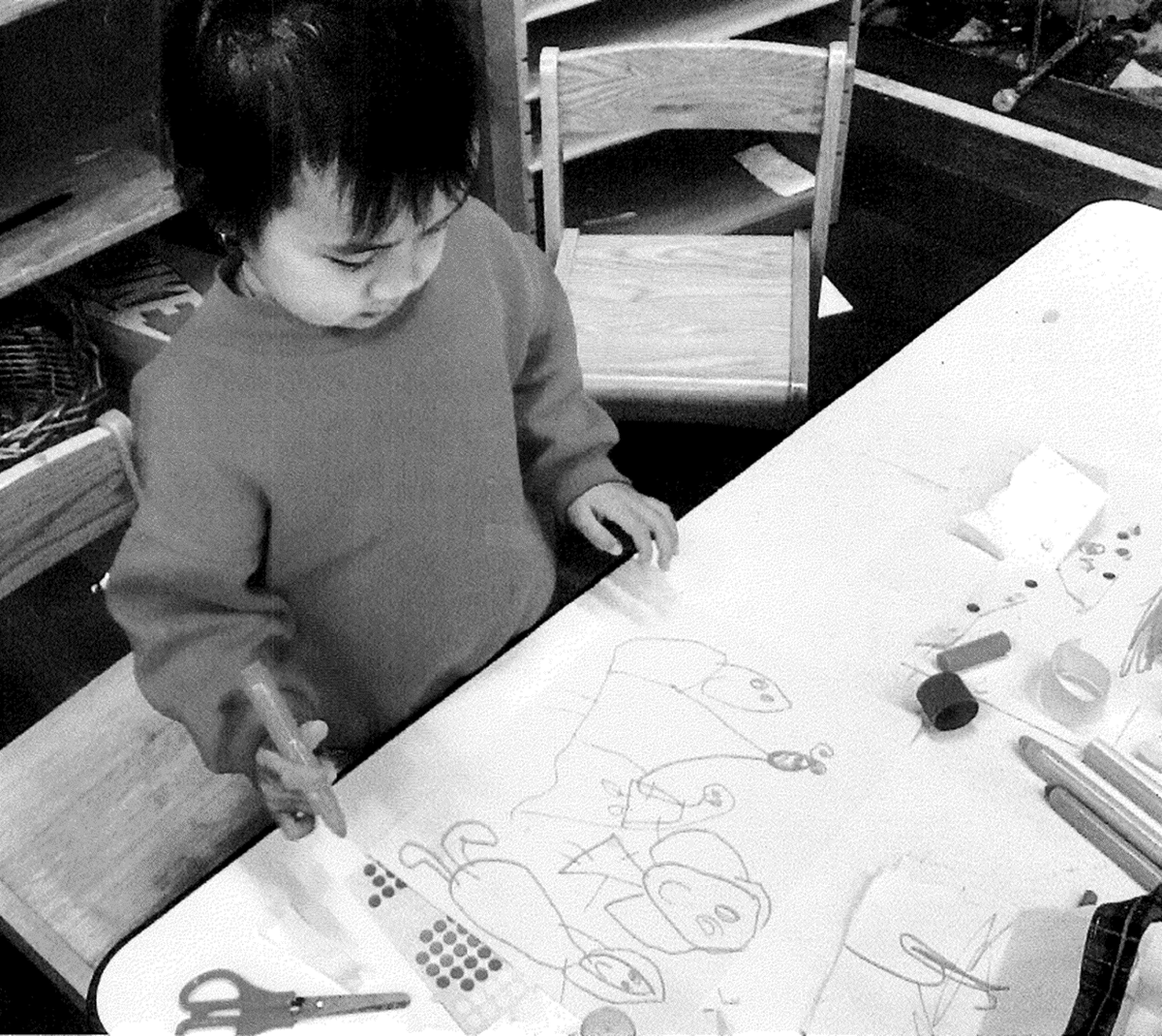Glen Education North Cheltenham

Hearing the child's voice.
By Annette, Pam and Anandhi,
Glen North Cheltenham Educational Team
At Glen North Cheltenham Kindergarten, we place great value on listening to the children’s voices to guide our planning and enrich their learning experiences. At the start of the year, we incorporate children’s interests from home and use "Getting to Know You" forms to tailor activities in the environment. By the end of Term 2, we also ask families for input on what they would like their children to learn, and we include this feedback in our planning cycle.
Incorporating the children's voice in our environment.
Each term, the children are given choices about where they would like to play, including locations like the scout hall, Le Page Primary School, Le Page Park, or Friendship Square Park. As a group, we also ask them what they would like in the environment for the following term, noting their suggestions with their permission. These contributions are then integrated into our planning cycle and included in our weekly reflections, ensuring their voices are visible to families.
Children also participate in selecting stories to read, and we make sure everyone has a turn. Their favorite books are noted and re-read based on their requests. The children further express themselves through drawing and painting, often sharing personal insights about their families and interests, which we document in learning stories and communicate with families. Even in choosing playdough colors and materials, such as sticks, stones, and gumnuts, children play an active role in shaping their play.
We are also planning to introduce a resource book that lists all our materials, so children can browse through and make specific requests—a successful initiative we trialed in our old building. Additionally, with our indoor/outdoor program, children can choose where they want to play and select what they’d like from the sheds for outdoor activities.
Using the children’s voice in rich learning projects.
We actively listen to the children's voices and interests by asking open-ended questions about what they already know, guiding them to explore more through stories, peer discussions, and iPad searches. This approach allows children to take ownership of their learning, fostering curiosity and deeper engagement in rich learning projects.
What do children tell us about what they know and can do?
As part of our assessment of learning, children help design "red and green choices" at the start of the year, which guide positive behavior and decision-making in the environment. We’ve even heard that some children use these concepts at home with their families!
Engaging children in conversations about their rights.
We display a poster that highlights children’s rights for families and visitors to see, and we use the appropriate language in our daily practice to encourage children’s awareness of their rights. We advocate for children’s views and opinions to be heard and valued within the learning environment, their families, and the broader community.
By promoting play-based learning and ensuring every child receives a quality education that respects their dignity and supports their development, we foster an environment where children’s voices truly matter.

